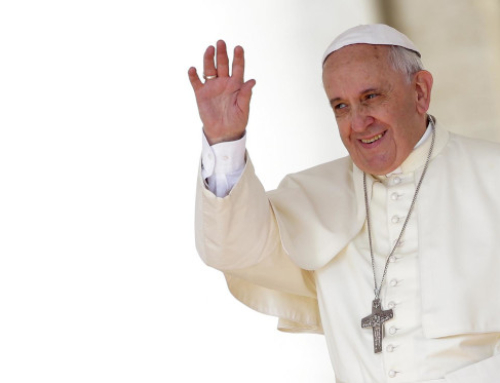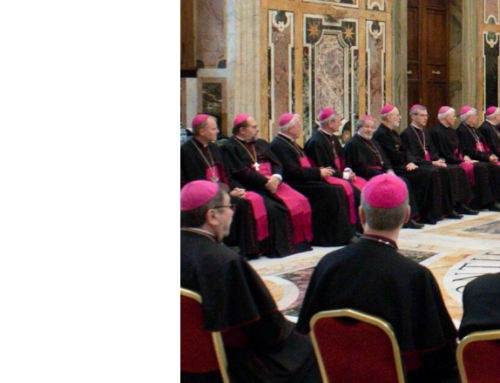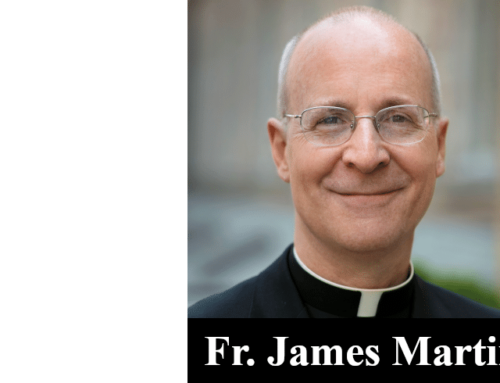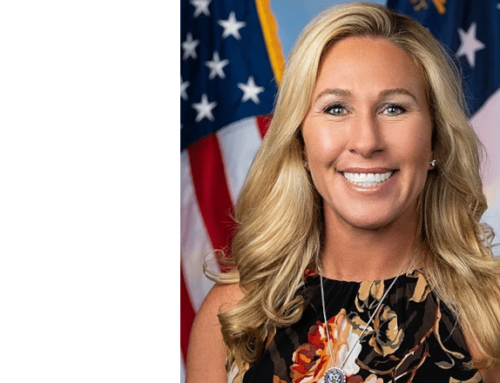Pew Research Center recently released its third Religious Landscape Study; previously ones were conducted in 2007 and 2014. Its latest study, which reports on findings from 2023-2024, covers a wide range of subjects, broken down by religious affiliation.
Seven-in-ten Americans belong to a religion, and all but seven percent are not Christians; three-in-ten are unaffiliated. One of the key aspects of this survey was the finding that the apparent decline in Christianity has stabilized.
More than eight-in-ten Americans believe in God or a universal spirit, and this includes the majority of the unaffiliated. This category consists of three groupings: atheists, agnostics and those who say they believe in “nothing in particular.” Seven-in-ten of the latter believe in God, as do 43 percent of agnostics and seven percent of atheists. Interestingly, only a thin majority of atheists (54 percent) are “absolutely certain” there is no God.
Eight-in-ten Americans believe “there is something spiritual beyond the natural world, even if we can’t see it”; this is also true of nearly 60 percent of the religiously unaffiliated. This includes a majority of agnostics, two-in-three of those who believe in “nothing in particular,” and two-in-ten atheists.
This suggests that there are very few materialists in America (those who believe that nothing exists outside of matter).
Politically speaking, we have known for a long time that Republicans are much more likely to score high on religiosity (beliefs and practices) than Democrats. This survey shows once again that the Democratic Party is home to secularists, the only exception being black Democrats.
Most religiously affiliated Americans have come to terms with homosexuality, saying it should be accepted, not discouraged. The exceptions are Evangelicals, Mormons and Muslims. The same breakdown is evident on the subject of same-sex marriage.
When it comes to accepting transgender people, however, there is a big divide between those who are religiously affiliated and the unaffiliated (twice as many of the former say acceptance is a “change for the worse” compared to the unaffiliated.)
The issues of women in the workforce and family responsibilities depend largely on context. While most (73 percent) cheer women’s increased workforce participation, a majority (55 percent) say it is better for a child with two parents to have one stay at home. Context—marriage and the family—explains the apparent disparity. The religiously affiliated are more likely to say it is better to have one parent stay at home (59 percent) than the religiously unaffiliated (47 percent).
Context also matters in making judgments about right and wrong. A majority (55 percent) say it “often depends” on the situation, while 44 percent say there are “clear and absolute standards for what is right and wrong.” The problem with this line of questioning is that those who believe in the latter may also believe that there are times when no “clear and absolute standards” exist, hence the caveat that it “often depends.” Thus, such persons may not be holding contradictory positions.
More Americans believe religion does more good than harm. As expected, this varies widely when comparing the religiously affiliated to the unaffiliated. Unfortunately, there has been a dramatic decline in those who express mostly positive opinions about religious institutions—a drop of 12 percent from a decade ago (from 63 percent to 51 percent). Given the generally negative portrayals of religion in the media and in the entertainment industry, this is not surprising.
Social capital refers to the general wellbeing, or health, of society. We know from many studies that those who score high on religiosity possess more of the resources that service the public weal. It is not in the best interests of society, then, to discourage the responsible exercise of religious beliefs and practices. On that score, America can stand to improve.







